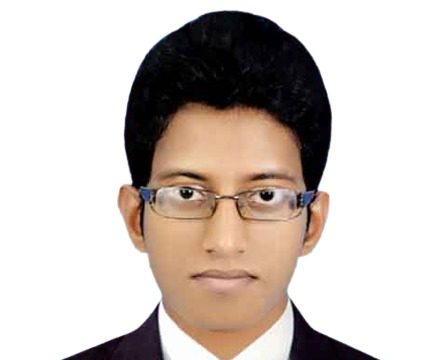A 32-member team of scientists from four national wheat programs (India, Pakistan, Bangladesh, and Nepal) participated in a wheat breeding roving seminar in Nepal during 20-26 March 2010. The objective of the seminar was to encourage interaction among wheat scientists on major wheat breeding issues, pathology, and physiology in the South Asia region, and to share experiences and strengthen future wheat research. The event was part of the Cereal Systems Initiative for South Asia’s (CSISA) objective 4 wheat breeding activities, which are being undertaken by CIMMYT.
The traveling seminar included three research stations in three different areas of Nepal: Bhairahwa, Lumle, and Kathmandu. Discussion at the stations focused on wheat breeding for biotic and abiotic stresses; important diseases and their management; crop management for high yield potential; and up scaling seed production and dissemination activities for new Ug99 resistant wheat varieties. Scientists also met with farmers, extension workers, private seed growers, and other stakeholder throughout the week.
At Bhairahwa, the team visited the National Wheat Research Program (NWRP). This location generated a lot of interest among the team because of the program’s large number of CIMMYT trials and nurseries under CSISA. Ug99 resistant CIMMYT lines Francolin#1, Danfe#1, Pauraque#1, and Picaflor#1, and Nepal’s new line BL 3063 were under seed multiplication on roughly five hectares at the time of the visit. The group also visited three villages (Pipariya, Belahiya, and Semrana) to see participatory varietal selection (PVS) activities, pre-release seed multiplication of Ug99 resistant lines, and HUB activity under CSISA.
At the village Pipariya, a farmer group is involved in pre-release seed multiplication of Ug99 resistant wheat varieties with the local seed company Kalika Seeds and with assistance from Madan Raj Bhatta, wheat breeder with the Nepal Agricultural Research Council (NARC). The team saw around 35 hectares of seed multiplication plots of new varieties (BL3063, Francolin#1, Danfe#1, Picaflor#1, Pauraque#1, and Quaiu#1) on farmers’ fields. The visit also included a farmer-scientist meeting to help farmers find answers to their queries and for scientists to better understand farmers’ problems. At Belahiya, another village, the team saw HUB activities mainly led by D.P. Sherchan and A.P. Regmi who are involved with conservation agriculture.
Later in the week at Lumle, the team visited the Regional Agricultural Research Station (RARS), which controls the promotion of new technologies for 16 of Nepal’s 75 districts. The team visited national coordinated varietal trials for mid- and high-hills, seed multiplication, and a trap nursery for yellow and stem rust. Because the area is considered a hot spot for yellow and brown rust, the visiting group had a short discussion about the past, present, and future of breeding for rust resistance in South Asia. Representatives also gave individual country reports.
At Kathmandu, the team visited the wheat fields and the greenhouse facility of the National Agriculture Research Institute (NARI) and met with Gautam Buddha Manandhar, NARI director, and other members of the center. Then the team visited a PVS site at the villages Jorpati and Dhandi, where a group of mainly female farmers shared their experiences and expectations for increasing wheat production and profitability. The mother-baby trial here generated a lot of interest among the visiting team as a tool for faster wheat variety dissemination. In the evening, the visiting team met Bhartendu Mishra, executive director of NARC, and N.P. Adhikari, director of Crops and Horticulture at NARC, who expressed a desire for greater collaboration among South Asian wheat research centers.
Overall, the seminar improved the participants’ understanding of diversity in germplasm; awareness of environment and farmer management in Nepal compared to their own country/ location; and spurred strong interest in further collaboration on emerging issues. The seminar also created a new environment for collaboration among wheat partners of the region.

